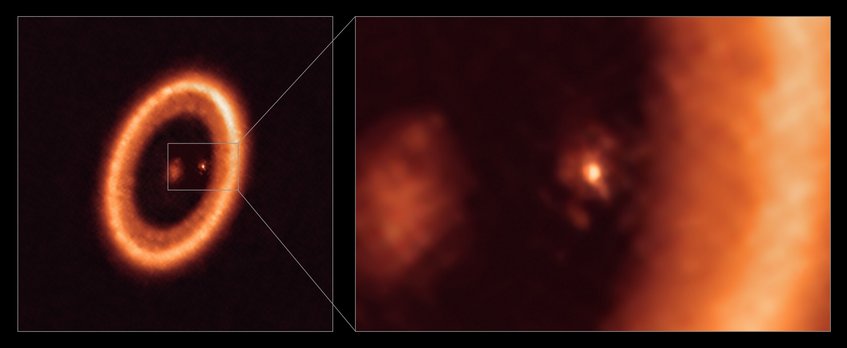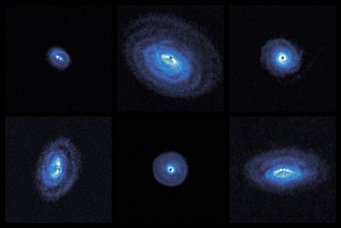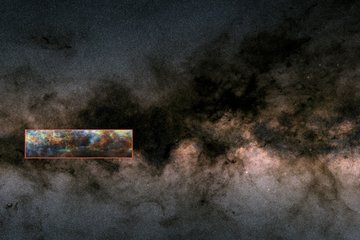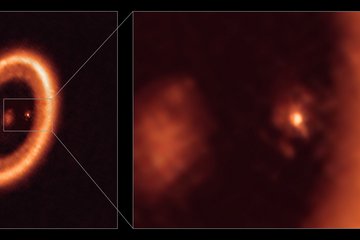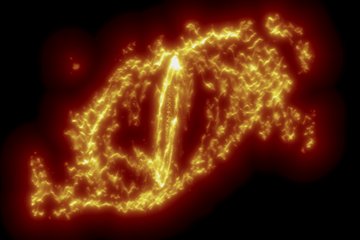Myriam Benisty's research focuses on studying the birthplace and conditions for planet formation as well as on searching for newborn planets. She currently leads the European Research Council Consolidator grant 'PROTOPLANETS'.
As director of the Planet and Star Formation Department, she combines state-of-the-art observations from space and ground-based instrumentation at multiple wavelengths with theoretical models of planet-forming environments. She is involved in the preparation of the next generation instrumentation, including the METIS and PCS instruments for the ELT.
Biography
Benisty studied theoretical physics at the École Normale Supérieure in Paris, going on to study astrophysics at the Masters level at the University of Grenoble Alpes. She continued at this university for her PhD studies, pursuing doctoral work in instrumental astrophysics at the Institute of Planetology and Astrophysics of Grenoble (IPAG).
After completing her PhD, Benisty took up a postdoctoral position at the Arcetri Observatory in Florence, Italy, before moving on to a postdoctoral position at the Max Planck Institute for Astronomy.
After these postdocs, Benisty returned to the Institute of Planetology and Astrophysics of Grenoble (IPAG) as a staff astronomer, where she remained until 2024. As part of her community service, she contributed to training activities at the Jean-Marie Mariotti Center, the French center for optical interferometry. Benisty’s tenure at IPAG included several phases with joint appointments: five years at the CNRS Institute in the Department of Astronomy of the University of Chile in Santiago, and two years at the Observatory of the Côte d’Azur.
Benisty was awarded an ERC Consolidator Grant for the project “Protoplanets,” which is running from 2022 to 2027. During that time, she completed her Habilitation thesis at the University of Grenoble Alpes, with the title “Towards a global observational view of planet formation and evolution.”
In September 2024, Benisty joined the Max Planck Institute for Astronomy as director of its Planet and Star Formation Department.
Research
Benisty’s research is focussed on understanding the conditions that influence the formation of planets. More specifically, she aims to understand the structures of protoplanetary disks around young stars, the birth-places of planets (and their moons), as well as the processes shaping such disks. In the course of her career, she has applied a wide range of observational methods to this task, from interferometry in the near-infrared and adaptive-optics imaging to interferometry in the millimeter/submillimeter regime.

Benisty began her scientific career in instrumentation where, as part of her PhD work, she characterised a fiber-fed integrated-optics chip that would go on to become the first four-telescope beam combiner for infrared interferometry (Benisty et al. 2009). Similar chip would later become the heart of the PIONIER and GRAVITY instruments that combine light from four telescopes at the ESO’s Very Large Telescope Interferometer (VLTI).
Following on from her PhD work, Benisty implemented a guaranteed-time (GTO) observation program using the (interferometric) AMBER instrument at ESO’s VLT, which probed the physics of the innermost regions of protoplanetary disks, at a distance from the star up to about the Earth-Sun distance (1 astronomical unit, 1 au). This research, which started out as a collaboration with Antonella Natta, produced pioneering milli-arcsecond-resolution images of the inner disks of young stars (Herbig AeBe stars; Benisty et al. 2010, Benisty et al. 2011).
Embarking on her postdoctoral position in Heidelberg in the PSF department led by Prof. Dr. Thomas Henning, Benisty became interested in the theoretical underpinnings of disk observations. In collaboration with Cornelis Dullemond and his PhD student at the time, Paola Pinilla, she explored the influence of planet formation on the properties of disks, in situations where the disk structure is affected by a massive planet like Jupiter (Pinilla, Benisty & Birnstiel 2012). Benisty’s particular interest was on observational signatures of dust features accessible to the ALMA telescope array, which was being put into operation at that time. The new results were part of a larger research program initiated by Dullemond, whose predictions of ring structures in protoplanetary disks were vindicated in a spectacular fashion when ALMA produced the first image of such structures a few years later.
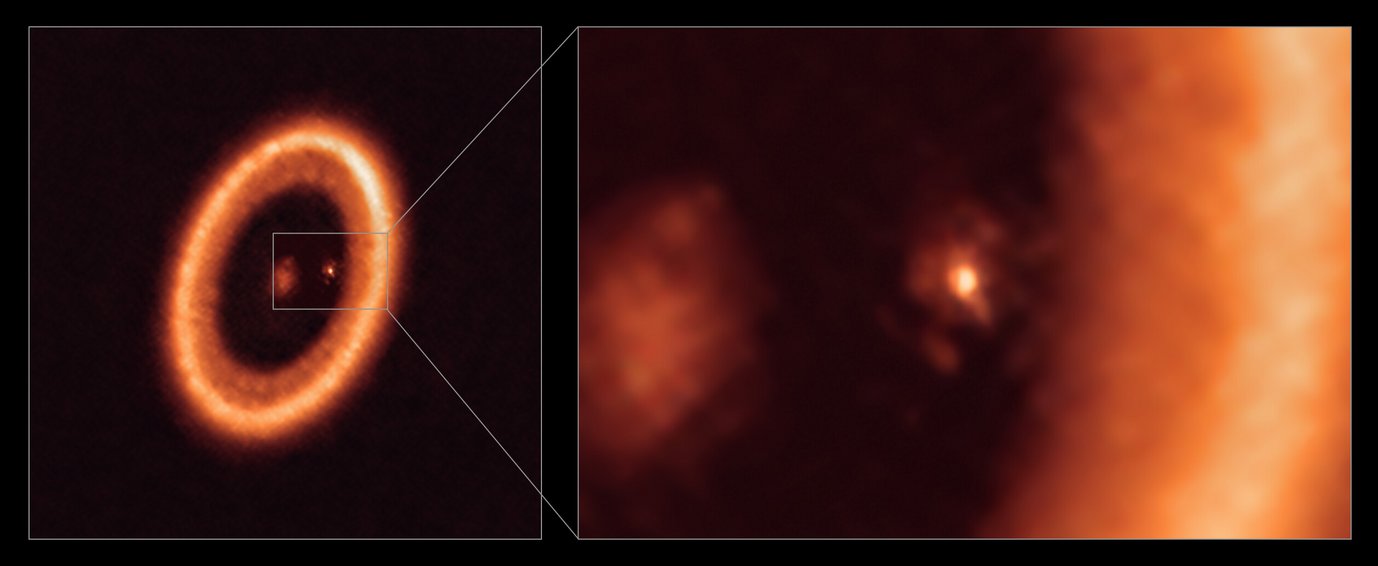
Observationally, Benisty’s work then turned to high-resolution images that made use not of interferometry, but of adaptive optics. With the SPHERE instrument at one of the unit telescopes of ESO’s Very Large Telescope (VLT), Benisty and her collaborators were able to explore protoplanetary disks at scales larger than about ten times the Earth-Sun distance, in optical and infrared wavelengths. This led to a number of discoveries of interesting structures in protoplanetary disks, including the first detection of a protoplanet in a disk (Keppler, Benisty et al. 2018). This work also resulted in a major review article by Benisty and colleagues on optical and near-infrared observations of planet-forming disks and protoplanets, which appeared in the proceedings of the Protostars and Planets VI conference (Benisty et al. 2023).
Next, Benisty took to using the ALMA observatory, which led to the first discovery of a circumplanetary disk (Isella, Benisty et al. 2019; Benisty et al. 2021): a smaller disk surrounding a nascent planet, which is likely in the process of forming one or more moons. Benisty also made use of ALMA to search of protoplanets by way of the signatures left by such planets’ interactions with the surrounding gas motion. Her studies of such signatures led to discovery of protoplanet candidates in late-stage disks (Stadler, Benisty et al. 2023). In continuation of this work, Benisty co-led a large observational program called exoALMA, which revealed the complex dynamics within planetary birthplaces, and enabled accurate measurement of fundamental properties such as the mass budget available for planet formation (Teague, Benisty et al. 2025).
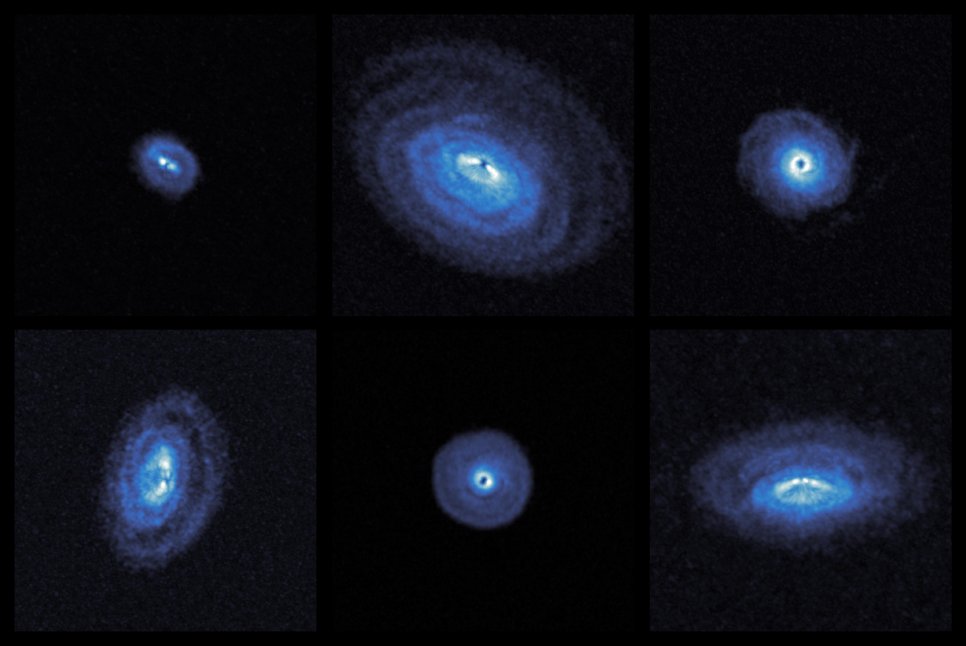
At present, Benisty is preparing a new set of observations, in yet another wavelength band: probing protoplanetary disks and their structure with METIS, a first-generation instrument at ESO’s Extremely Large Telescope, currently under construction in Chile and slated for completion in 2030. METIS would allow for disk observations with unparalleled high-resolution, complemented by spectral data, in the mid-infrared region of the spectrum. Led by its PSF department, MPIA is the second-largest partner in the consortium that is constructing METIS.
Benisty’s ERC Consolidator Grant project “Protoplanets,” which runs from 2022 to 2027, embodies her comprehensive approach to studying protoplanetary disks. The project’s aim is to understand the diversity of exoplanetary systems with the help of a global observational picture of the early stages of the formation and evolution of planetary systems – an undertaking that draws on the in-depth understanding of disk observations at different wavelengths that Benisty has built over the course of her career.
Awards
2024: Prix de Madame Victor Noury of the French Academy of Sciences

